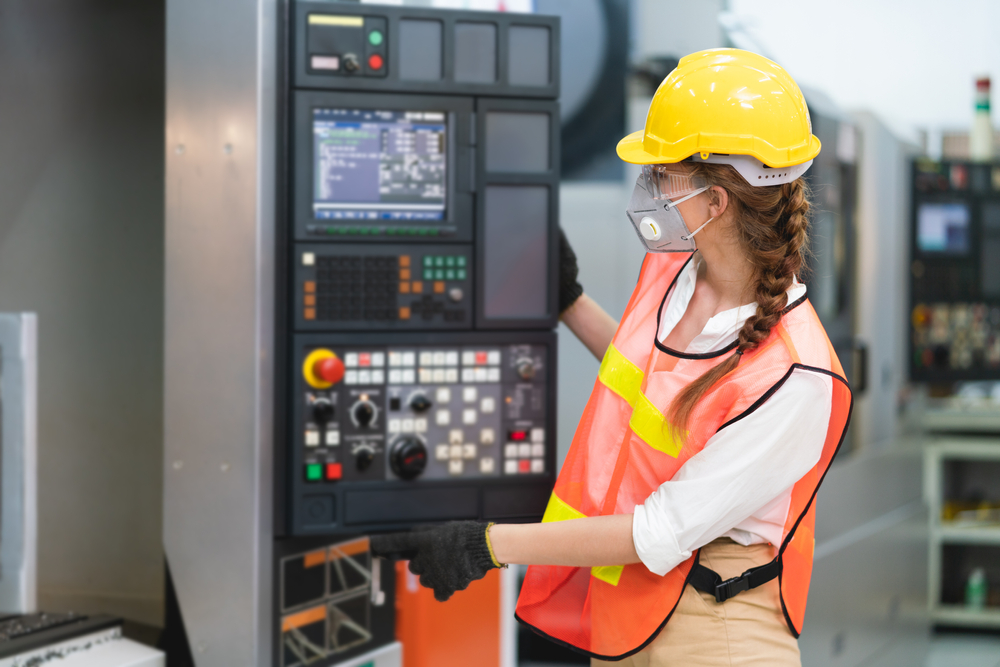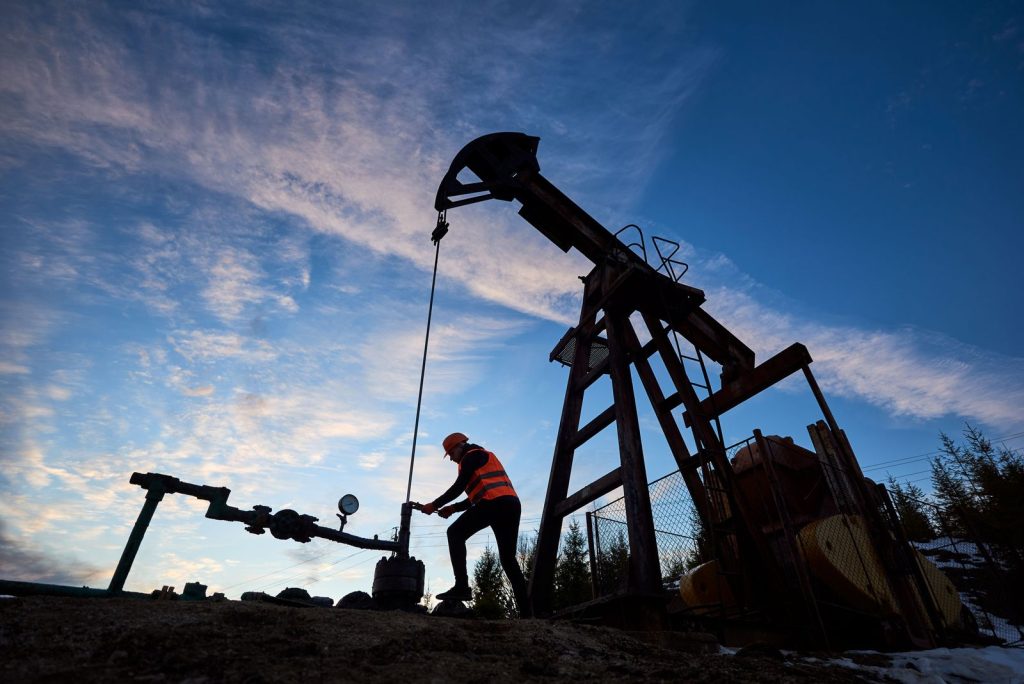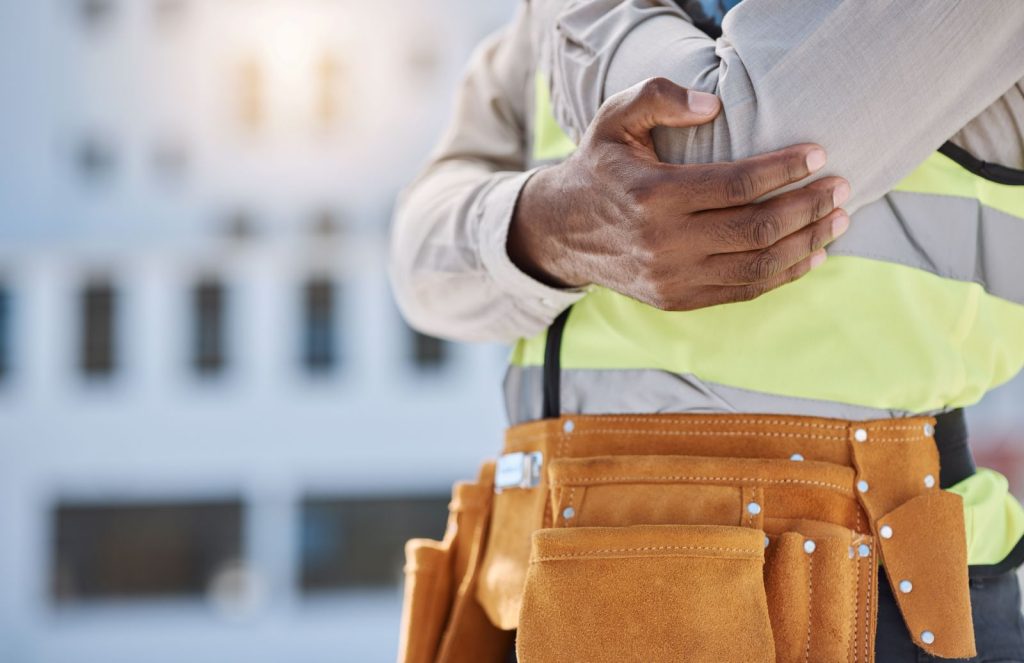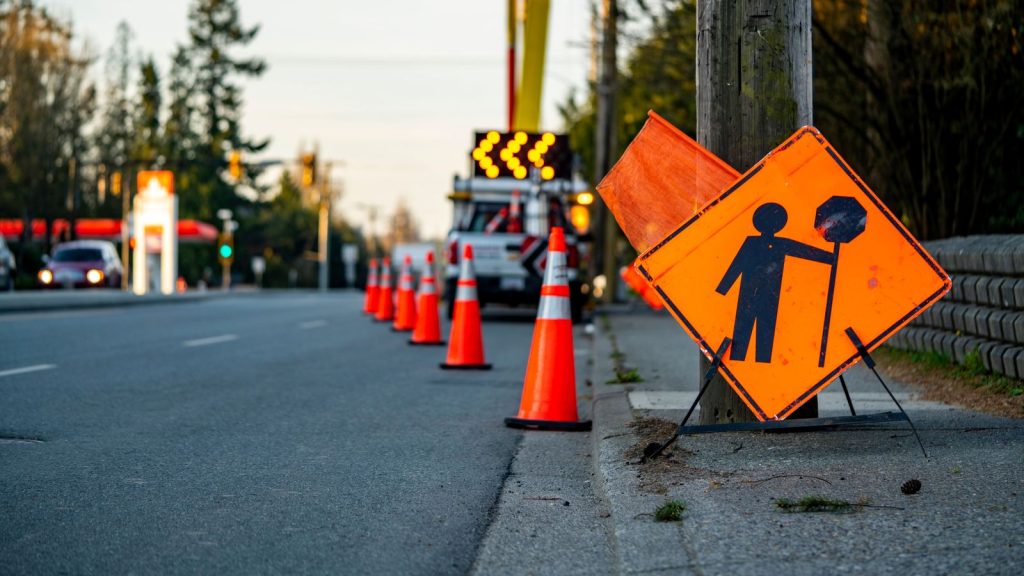Our 3-Piece Safety Equipment List for Any Company

When used properly, safety equipment can be crucial to preventing injuries and illnesses at work. However, many workers and employers don’t encourage the use of safety equipment, most notably because personal protective equipment (PPE) can be uncomfortable when worn for long periods of time. One study found that 25% of construction injuries were due to a lack of PPE usage.
However, safety equipment is the last line of defense against workplace injuries and illnesses. In fact, it is so important that employers are legally required to teach their employees how to:
- Use their equipment properly.
- Know when protective equipment is necessary.
- Understand the limitations of protective equipment.
- Know how to adjust and take off protective equipment properly.
- Know how to care for protective equipment properly.
After reviewing specific examples of crucial safety equipment in the list below, employers can increase the use of safety equipment and limit on-site injuries and illnesses.
Our 3-piece safety equipment list for any job
While every company needs certain safety equipment that relates to their needs, there are some universal pieces of equipment that cannot be overlooked. The following safety equipment list can help you recognize the important safety equipment in your workplace:
- Gloves — Gloves are crucial to a wide variety of jobs ranging from food production, manufacturing, and agriculture to construction, lab work, and landscaping. Many working environments expose workers to potentially harmful substances or bacteria. Other environments can subject workers’ hands to cuts, chemical burns and extreme heat. Whether they be made of thick rubber or thin latex, gloves are crucial to preventing hand and wrist injuries in the workplace.
- Head protection — Proper head protection is vital in places like warehouses where objects can fall from high shelves. Workers in construction must also wear head protection, like hard hats, to protect their heads from potential impact. Injuries like concussions and lacerations can cause serious brain injuries. According to a study, the use of a hard hat reduced the likelihood of skull fracture by up to 90% and reduced the likelihood of severe brain injury by up to 95%.
- Respiratory protection — In workplaces that expose workers to contaminated air or limited oxygen, respirators are a must. They can protect workers against harmful dust, smoke, gas, chemicals and sprays. Workers in construction can be surrounded by dusty environments and therefore need respiratory protection. In addition, workers in the cleaning industry are exposed to harmful chemicals and sprays and should protect their lungs. OSHA reports that proper respiratory protection could prevent hundreds of deaths and thousands of illnesses every year.
This is not an exhaustive list of safety equipment for the workplace. Depending on your industry, you may also need eye and full-body protection.
Employers should also make sure that their employees’ equipment is checked and maintained for effectiveness. Equipment doesn’t last forever, and it may need to be replaced on a regular basis. According to a study, changing safety equipment on time can further prevent workplace injuries and accidents.
Work-Fit can train your staff in using safety equipment
Do you require your employees to wear safety equipment like the ones in the above list? Our team at Work-Fit can help you educate your workers on how to wear and care for their equipment. In particular, our injury prevention program can help expertly engage your employees in health and safety training in the workplace. Contact our team today for more information about our services or to learn how we can help keep your employees working and living well.



